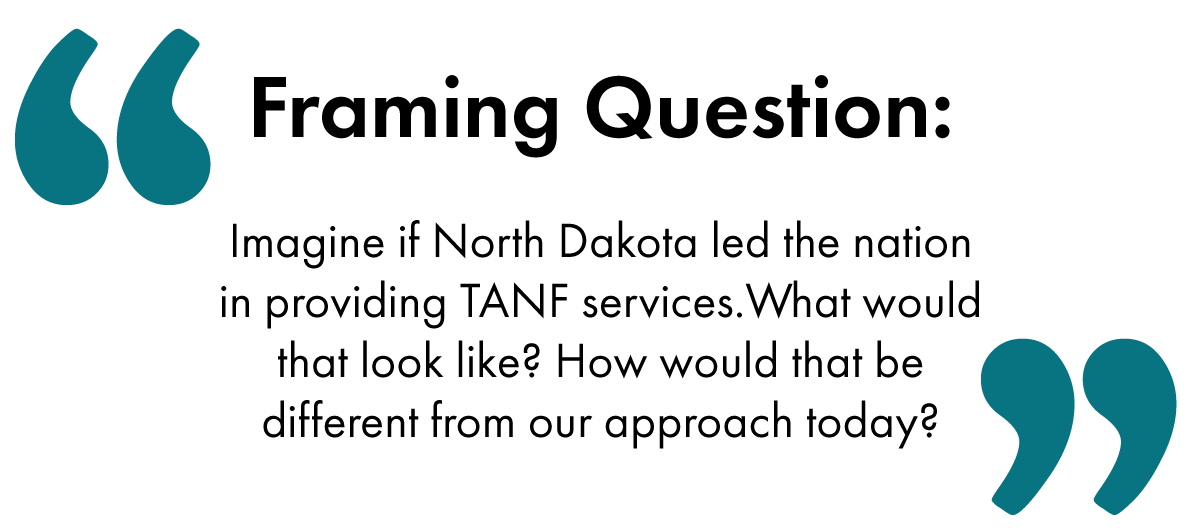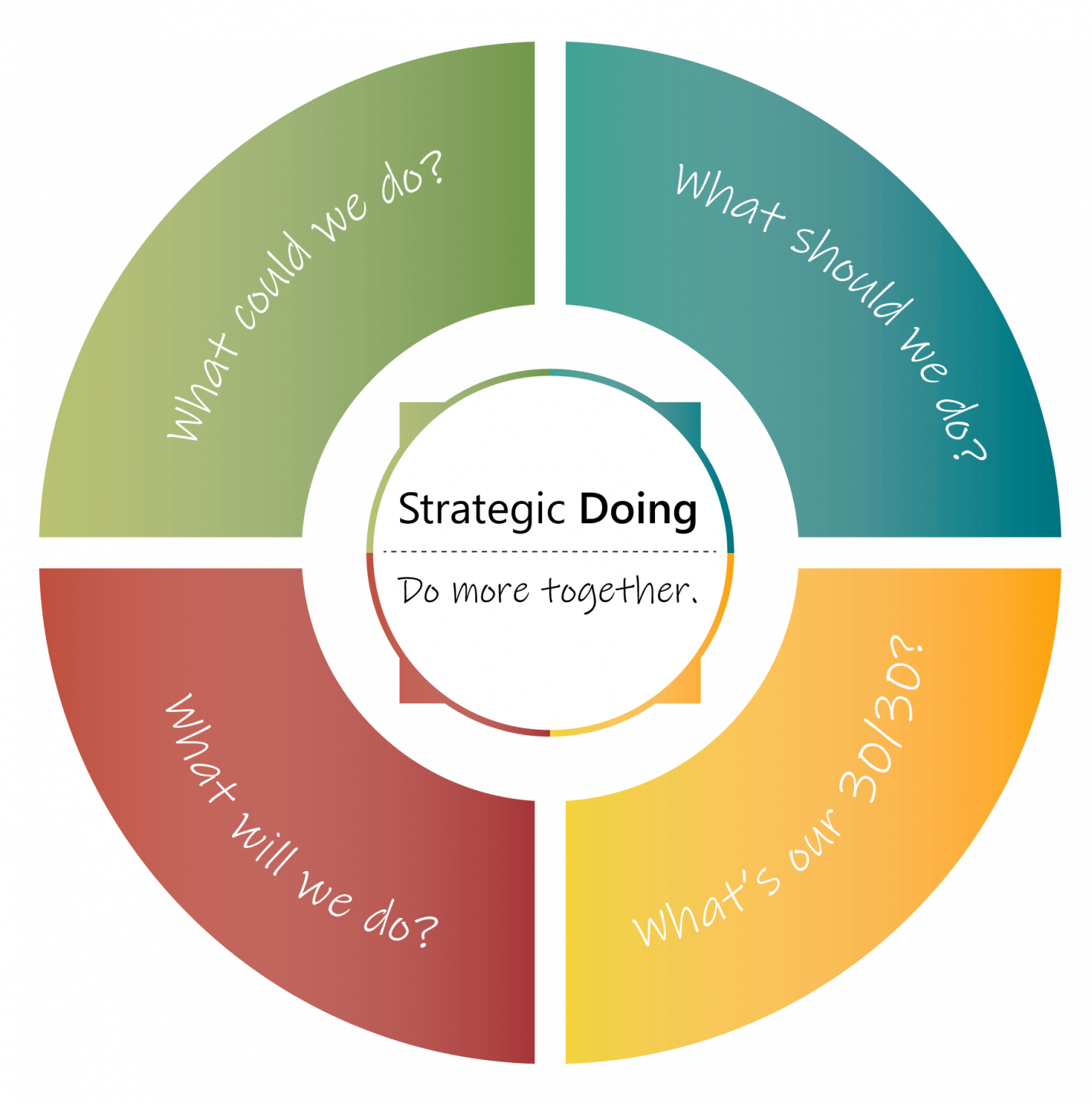
"The thing about the TANF program is that it's not enough money. I know it's money given to us but it's just not enough. It's hard. It's really hard."
Meet Carla
- Carla is a single mother of two children. She works full-time (40 hours a week) for local motel as a housekeeper, making $7.25 an hour.
- Monthly gross income $1160 per month.
- With the current Standard of Need (or monthly benefit amount), Carla would be eligible to receive a $12 monthly TANF benefit. Increasing Carla’s monthly income for a family of three to $1,172 per month.
*NOTE: The calculation shown in the TANF Environmental Scan reflects a snapshot of TANF benefits during the time it was written. The TANF Standard of Need (or monthly benefit amount) was increased effective Oct. 1, 2024.
With the increased Standard of Need, Carla would be eligible to receive a $492 monthly TANF benefit. Increasing Carla’s monthly income for a family of three to $1652 per month.
TANF Modernization
Modernization is the practice of streamlining and enhancing publicly funded human service programs to increase access by simplifying policies and procedures, promoting best practice, including client and family-centered approaches, reducing paperwork, and reaching out to potentially eligible individuals.
Our Approach
In the Spring of 2021, the EA Division partnered with the Office of Family Assistance- Peer Technical Assistance Network (OFA in other states that are similar to North Dakota in Other Peer-TA) to conduct an environmental scan of TANF services. Through this effort, EA and OFA Peer-TA, convened virtually demographics, focusing on what has worked for TANF with local community partners to address the following framing question and determine what we can do together.


Peer-TA facilitated Strategic Doing™ in two sessions during Customer Experience Survey April 2021 and conducted follow-up on ND’s action plans.
As an outcome of the Strategic Doing workshops, the community partner group split into two teams to work on Pathfinder Projects that each developed.
| Team One | Team Two |
|---|---|
| Team 1’s Pathfinder Project focused on external data and information gathering from other state TANF programs. | Team 2’s Pathfinder Project focused on collecting data from customers through surveys and focus groups. |
Pathfinder Projects
Team 1’s focus was on exploring programs and policies in other states that are similar to North Dakota in demographics, focusing on what has worked for TANF customers, including specific areas such as those struggling with mental health issues or addictions and rural areas with low employment rates. The group developed an interview team of professionals representing work in child care, child support, child welfare, and the TANF program.
Objectives were to learn about strategies to improve access to TANF services, gain insight into what regulations, policies, and procedures should be reviewed for modernization, and discover client-centered tools and approaches to help engage TANF participants. Eighteen open-ended questions were posed to each state for response.
Team 2’s focus was on understanding customer and staff experience with the TANF program to get a sense of the current needs of the TANF population, and to connect those needs back to current policies, identifying which policies could be modernized to reduce or eliminate barriers and better achieve program goals.
This work was conducted by the Division, in collaboration with community partner groups, community members, project partners, and the OFA Peer TA Network.
| Community Partners | Technical Assistance & Project Support |
|---|---|
|
|
